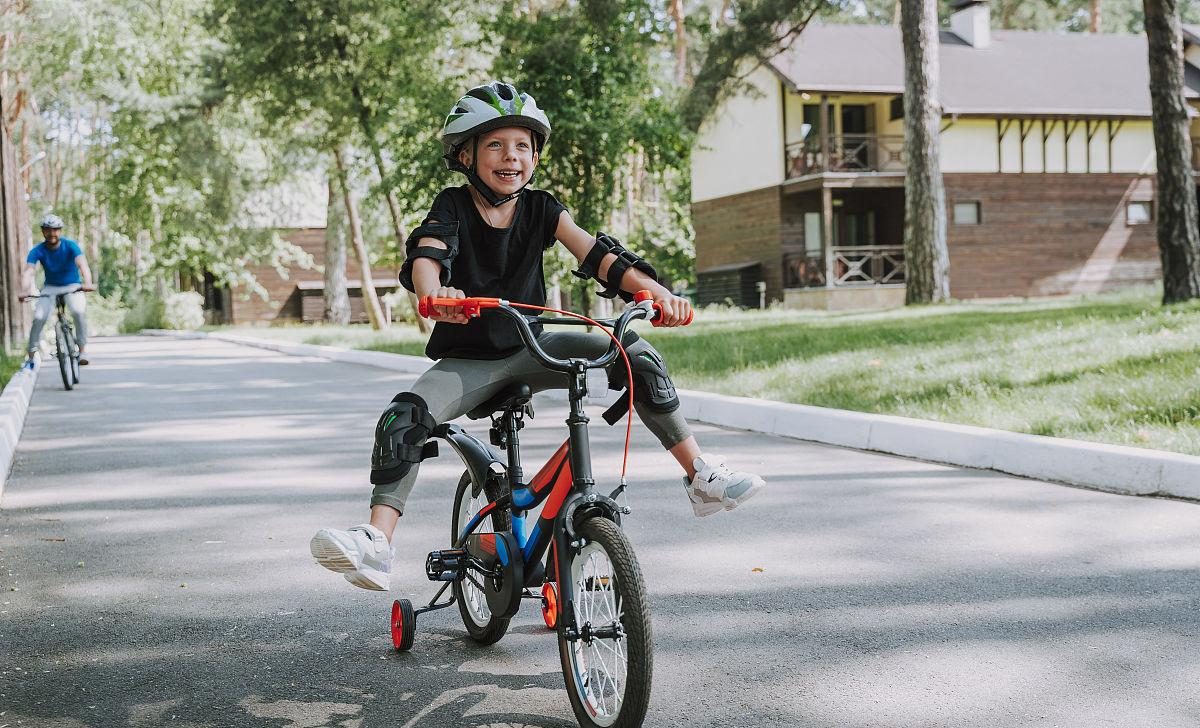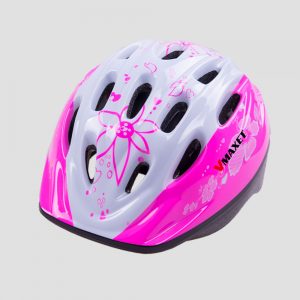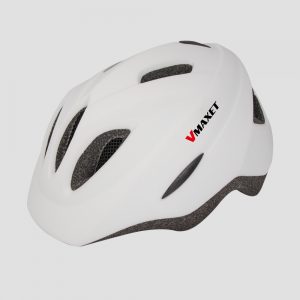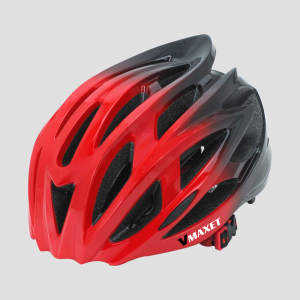How to Choose the Right Size Bike Helmet?
Whether you’re a casual recreationalist who enjoys cruising into town on your singlespeed or an enduro athlete gearing up for your next off-road adventure, a bike helmet is a necessary accessory. Thanks to recent innovations in helmet design, bike helmets have gotten lighter, more comfortable, prevent an increasing amount of head injuries. The trick is you’ve got to be wearing one for it to do its job (kind of a no-brainer)! Read on to find the helmet that’s right for you, as well as how to dial in the perfect fit.
1. Measure Your Head
Take a soft measuring tape and wrap it around your head about one inch above your eyebrows and ears. Make sure the tape is level. Most helmets are measured in centimeters, so measure your head in centimeters if you can. In case you don’t have a centimeter tape, the conversion ratio is 1 inch = 2.54 cm. Then, choose a helmet size to match your measurement.
Don’t have a soft tape measure? Take a piece of string and wrap it around your head, then measure the string.
2. Try it On
After you receive your new helmet, put it on. The helmet should sit level on your head. The front of the helmet should sit one inch (or less) above your eyebrows, protecting your forehead. Adjust the fit using the helmet’s retention system (located in the back, usually a click wheel or a ratchet system). The helmet should feel snug. You don’t want any excess space between the helmet and your head. Pay attention to any pressure points as they may be an indication that the helmet is too small.
3. Buckle Up
Connect the chin strap and tighten it so that it’s snug but comfortable beneath your chin. You should be able to fit no more than one finger between the strap and your chin. The straps should form a “V” as they rest under each ear. With the chinstrap buckled, open your mouth wide. You should feel the helmet press against the top of your head.
4. Shake Test
Push the helmet from side to side and back to front. If the helmet shifts noticeably, try adjusting the helmet using its retention system. The helmet shouldn’t be able to move more than one inch in any direction during the shake test once you’ve dialed in the perfect fit.
5. Ready To Ride
Bike helmet straps can loosen on rides and during travel. Give your helmet a quick shake test before every outing. Then you’re ready to ride!

How to Choose the Right Size Kids’ Bike Helemet?
All of the same rules described above apply to kids’ helmets. However, fitting kids for helmets can be more difficult because they don’t know exactly how to describe to you how snug their helmet feels. Be sure to pay extra attention to how snug the helmet is and if your kids complain about anything that hurts. Do not size a helmet with room to grow; if it is too large it is unsafe.
 MAX HELMET
MAX HELMET


